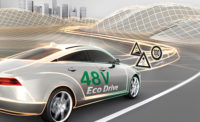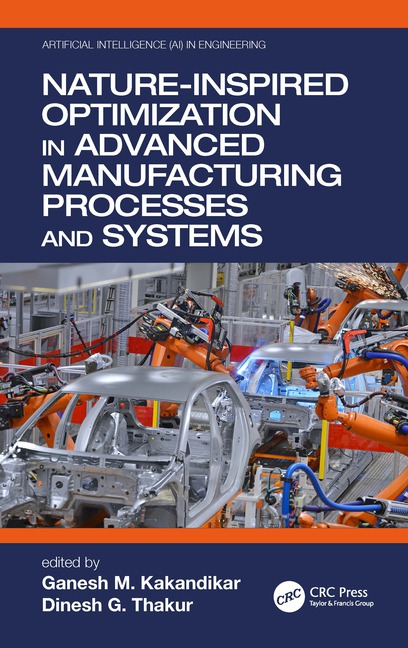On-board networks play a key role in electric vehicles. However, the increase in electrification is leading to “cable clutter.” According to automotive engineers in Germany, digital systems will provide safety-critical functions in the future and usher in the era of autonomous driving.
A new R&D project called Next2OEM is tackling the challenges of mass-producing wiring harnesses. It aims to digitize the value chain to enable the reshoring of wiring harness manufacturing to Germany. The goal is to examine, digitalize and automate the entire value chain to eliminate the “clutter” of steps in the production process and streamline the responsibilities involved.
Partners in the three-year project include suppliers such as ArtiMinds Robotics, BÄR Automation, Komax, Kostal Kontakt Systeme, Stefani Maschinenbau and TE Connectivity, plus wire harnesss manufacturer Kromberg & Schubert. AUDI AG is serving as the consortium leader and is responsible for the design of wiring system architectures suitable for automated assembly.
The Institute for Factory Automation and Production Systems at the University of Erlangen–Nuremberg (FAU) is responsible for the automation of the process steps, protection of wire bundles and wire harness assembly into the car body.
Highly automated process steps for wiring harness production at the supplier and assembly into the car body at the OEM will be developed. Employing an innovative information model, which semantically describes both the product and the newly developed production processes, digital continuity will be ensured.
According to Huong Nguyen, a mechanical engineering professor at FAU working on the project, this will enable the orchestration of automated manufacturing steps and traceability at the component and process level. “The project consortium includes partners in the complete wiring harness value chain,” she points out.
“This ensures that holistic automation solutions are achieved for all process steps from the connector production over cable assembly, shaping, cable protection, testing and logistics to the assembly of the wiring harness into the car body,” says Nguyen. “The prototypical implementation at the OEM validates the novel automation system and lays the foundation for further development activities required for series applications.
“For drivers, on-board networks are a type of black box as they are practically invisible,” explains Nguyen. “However, these customer-specific wiring harnesses form a complex nerve system in a vehicle. Even a medium-sized passenger car contains an average of around 3,000 individual cables that, along with other components in the on-board network, come to a total weight of 55 kilos.
“In the past, the value chain simply grew with the product and process structures without rethinking it,” Nguyen points out. “For example, priority was given to cost efficiency, which led to excessive logistics. Due to the cheaper costs involved, North Africa and Ukraine have become established manufacturing locations [for European automakers and suppliers].
“In some cases, this can mean that cables and smaller components are shipped back and forth across the globe before ending up in Germany for final assembly at an OEM,” adds Nguyen. “The Russian invasion of Ukraine made the lack of resilience of these supply chains obvious and, during the coronavirus pandemic in particular, the fragility of procurement processes became apparent.”
To enable reshoring of wiring harness manufacturing to Germany in the future, FAPS and the Next2OEM partners are developing a graph-based information model. It’s based on digital data and how they are exchanged for each product and every manufacturing and transport process.
This will facilitate the newly developed manufacturing processes in Next2OEM. It will include new ways to manage the handling of components and cables with unstable forms. In addition, it will ensure traceability back to the component and process level for the first time, which will shorten logistics routes and reduce the CO2 footprint.






